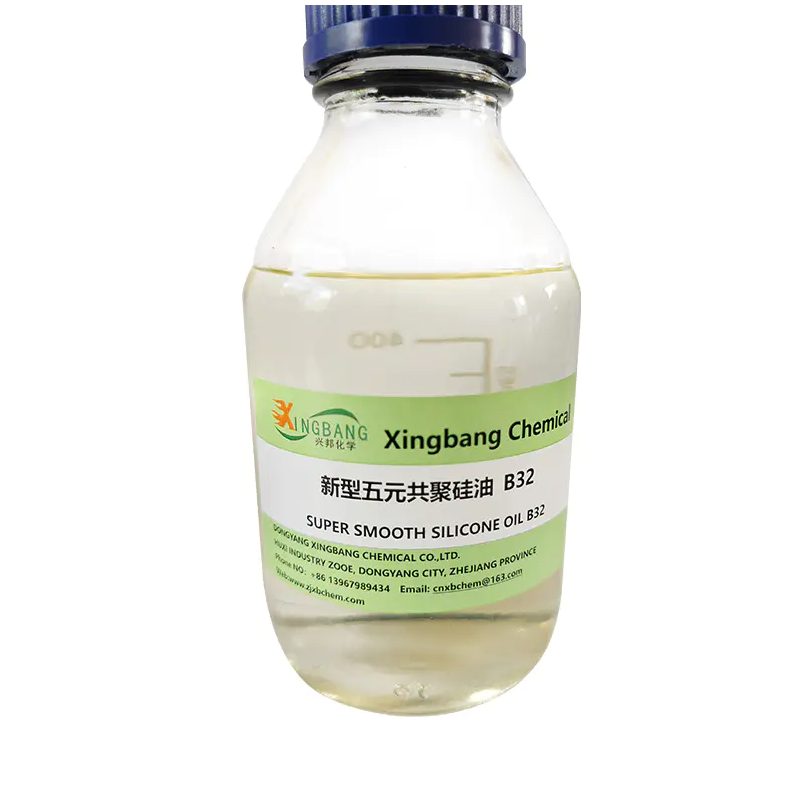Improving Fabric Durability with Textile Auxiliary Agents

Textile auxiliary agents are essential in the textile industry for improving the processing and finishing of fabrics. These agents are used to enhance the properties of textiles during various stages of manufacturing, such as dyeing, printing, and finishing. They work by providing benefits like increased durability, improved color retention, and enhanced fabric feel. Examples of textile auxiliary agents include softeners, wetting agents, and lubricants, each serving a specific function in the production process.
Softeners, for instance, are used to give fabrics a smooth and soft feel, making them more comfortable to wear. Wetting agents, on the other hand, are used to facilitate better penetration of dyes and chemicals into fabrics, ensuring an even and consistent coloration. Textile auxiliary agents can be used in both natural and synthetic fabrics, and their use helps meet the quality standards required by the textile industry.
Choosing the right textile auxiliary agent depends on the type of fabric and the desired properties. These agents are typically applied in small quantities during different stages of textile processing, making them highly efficient and cost-effective. When selected and used properly, textile auxiliary agents play a key role in enhancing the overall performance and appearance of textiles, ensuring that they meet the demands of consumers and the industry.
- Art
- Causes
- Crafts
- Dance
- Drinks
- Film
- Fitness
- Food
- Игры
- Gardening
- Health
- Главная
- Literature
- Music
- Networking
- Другое
- Party
- Religion
- Shopping
- Sports
- Theater
- Wellness


